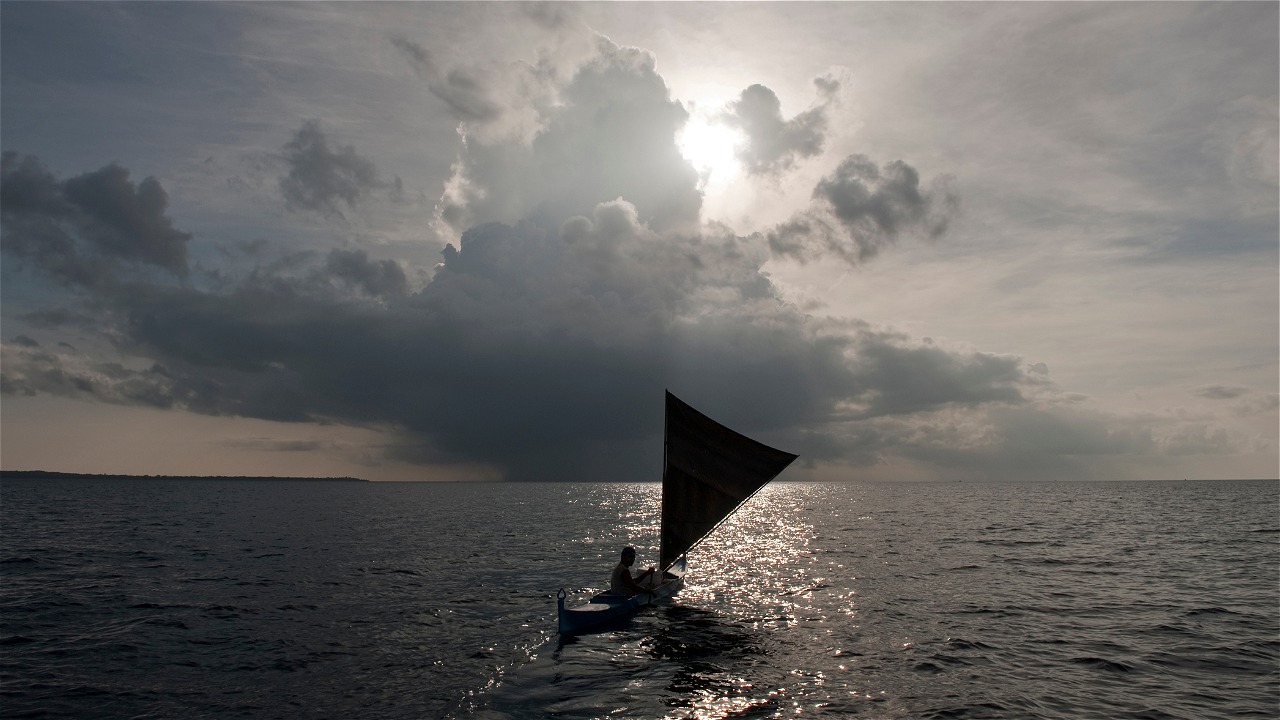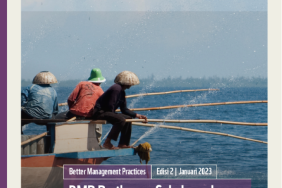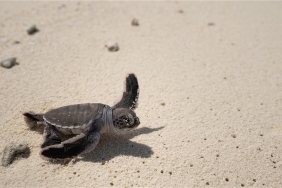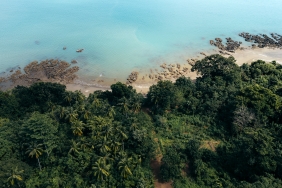EXPLORING THE OTHER SIDE OF WAKATOBI AS A MARITIME DISTRICT
By: Martina Rahmadani (Responsible Marine Business Officer, WWF-Indonesia)
The Wakatobi National Park in Southeast Sulawesi is already a world-class tourist destination. But is the charm of this island chain only in its underwater wealth and culture? Wakatobi offers many other sides as a maritime district.
WWF-Indonesia's Southern Eastern Sulawesi Subseascape recently hosted a five-day trip exploring Wakatobi. Earlier in November, Jelajah Biru - a sustainable marine tourism operator, and property company Synthesis Development, had the opportunity to take sixteen participants to explore another side of this one national park. They were honorary customers and top staff of Synthesis Development, and honored guests of WWF-Indonesia.
The trip took place over five days on Wangi-wangi, Kaledupa and Hoga Islands. Not only exploring the beauty of the underwater and the rich culture of the people, participants had the opportunity to sail on the FRS Menami.
This WWF-Indonesia research vessel has just completed the #XPDCSULTRA mission. Menami took participants on a four-hour sail from Wangi-wangi Island to Hoga Island, the participants' first stopover.
A good ecotourism activity not only contains conservation-minded activities, but also includes community empowerment. This is the other side of Wakatobi that is interesting to dive into. Toudani, a community-based tourism group assisted by WWF-Indonesia, was appointed as the organizer of activities while on Kaledupa Island. Toudani's local guides eloquently explained the function of the mangroves that would be planted in Sombano the following day.
This activity is not without reason. The dwindling mangrove vegetation has resulted in the abrasion of Sombano Beach and the lack of habitat for species living in the mangrove area. On this trip, sixteen participants contributed to the improvement of this beach. Special taste.
We - along with the rest of the participants, also took part in a traditional Kaledupa menu cooking class. Soami,parende, and kosea nu kaudafa became our experimental menu at the Forkani Secretariat, Ambeua, Kaledupa.
Soami is a rice substitute made from grated yam pulp steamed into a cone shape. parende) and vegetables made from moringa leaves and young papaya (kosea nu kaudafa). All dishes were made without the use of flavoring ingredients, making them healthier. Participants were enthusiastic and praised the dishes they made themselves during lunch.
The trip continued to Pajam Village, a traditional village located at high altitude. The impression of a traditional village was felt when trip participants were welcomed with a woven scarf by the women of Pajam Village. The women then invited participants to follow the process of homoru (weaving) with traditional tools, which requires patience and accuracy.
"I can't bear to bargain for the weaving craft," said Davina, one of the participants. Homoru in this traditional way does have a long process, but can create a beautiful weave.
The second day of the trip to explore Wakatobi was closed with the performance of the traditional Lariangi dance. This dance, danced by Pajam women, has its own magnetism for participants. For them, Lairangi has a magical value that fascinates with the movements and songs of the dancers. Of course, in the next three days, there are still many other magical things waiting for them here in Wakatobi.< br />





